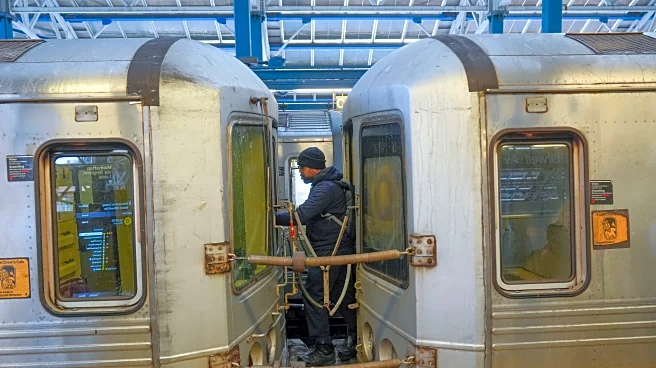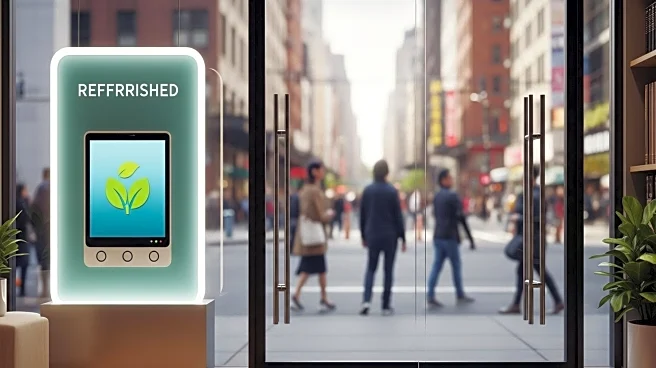What's Happening?
Boldyn Networks is advancing its strategy of deploying private and neutral-host networks across various locations, including New York City. The company is rolling out a phased 5G network in the city's subway system, with AT&T as the first carrier to activate services in the Joralemon Street tunnel. This initiative is part of a broader effort to enhance digital connectivity in urban environments. The Metropolitan Transportation Authority (MTA) has contracted Boldyn Networks to design, build, and operate the network, which will support multiple carriers, including Verizon and T-Mobile, as the rollout progresses.
Why It's Important?
The expansion of 5G connectivity in New York City's subway system is significant for several reasons. It represents a major step forward in improving digital infrastructure in urban areas, enhancing the commuter experience by providing reliable mobile services underground. This development is expected to benefit millions of subway riders by offering seamless connectivity, which can improve safety, communication, and access to information. Additionally, the project underscores the importance of public-private partnerships in advancing technological innovation and infrastructure development.
What's Next?
As the rollout continues, other major carriers like Verizon and T-Mobile are expected to join AT&T in utilizing Boldyn Networks' infrastructure. This expansion will likely lead to increased competition among carriers, potentially driving down costs and improving service quality for consumers. The MTA and Boldyn Networks will continue to collaborate on extending 5G coverage to additional subway lines and stations, aiming to provide comprehensive connectivity throughout the entire system.
Beyond the Headlines
The deployment of 5G in New York City's subway system may have broader implications for urban planning and development. Enhanced connectivity can support smart city initiatives, such as improved traffic management, environmental monitoring, and public safety measures. It also highlights the growing trend of integrating advanced technology into public infrastructure, which could serve as a model for other cities seeking to modernize their transit systems.












